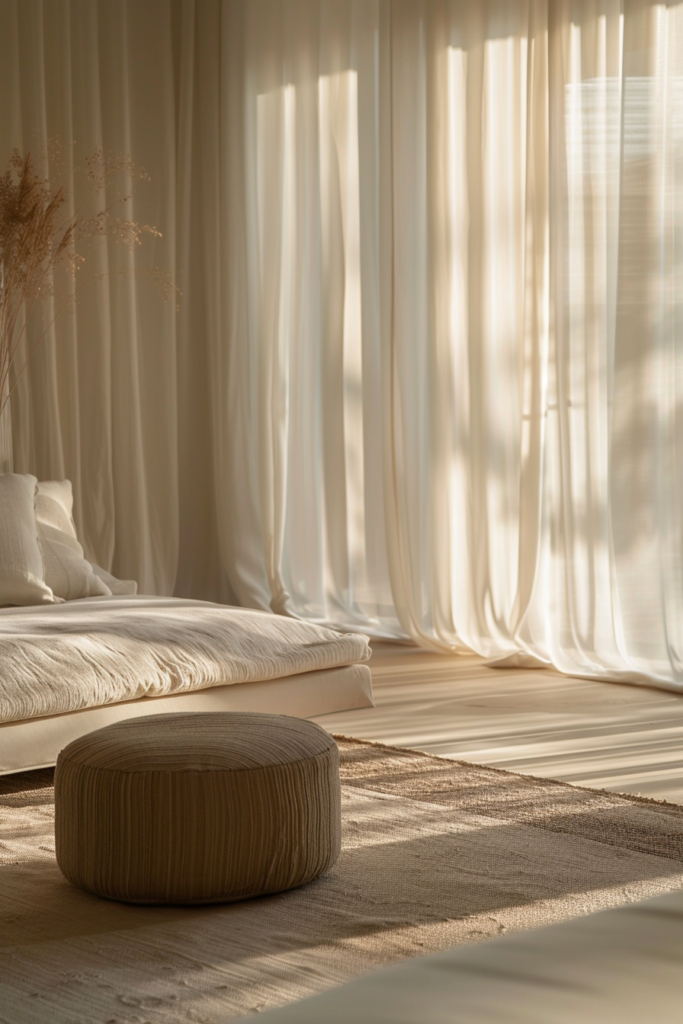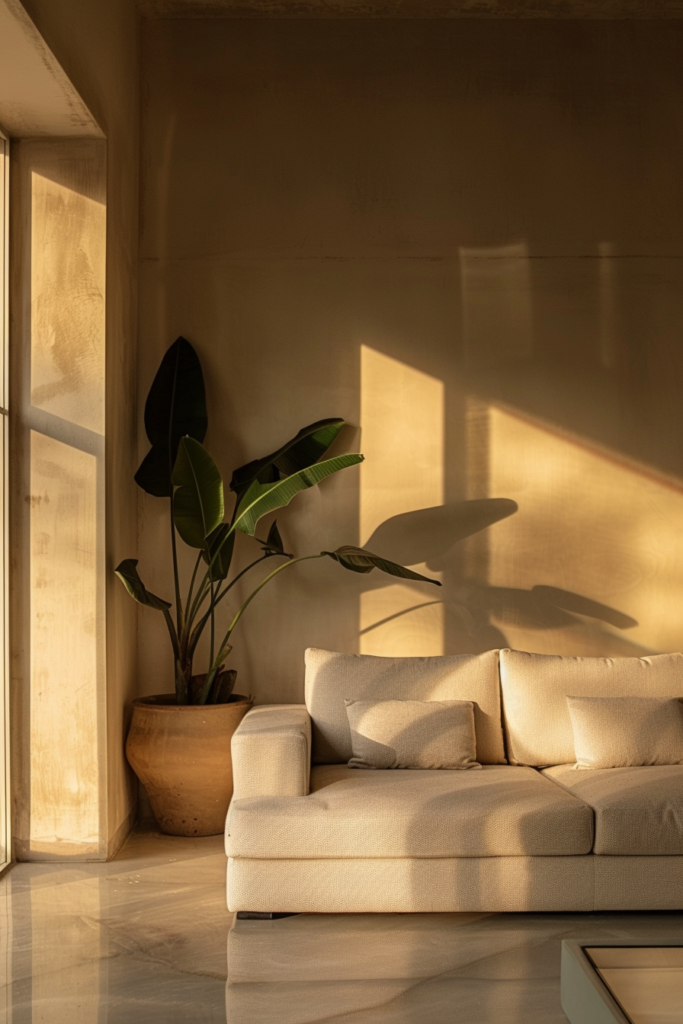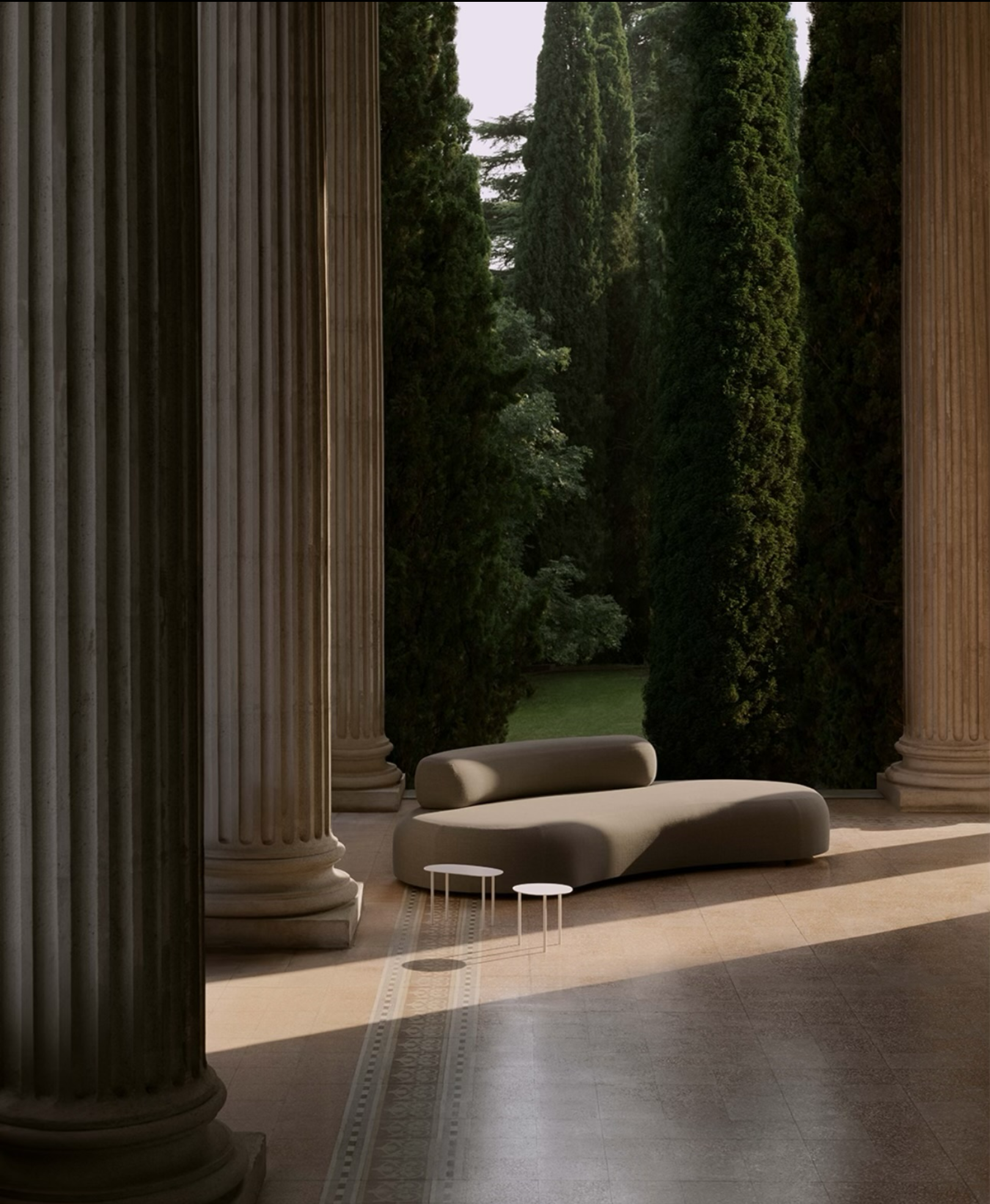
The High Well-Being Method
Elevating Life Through Design - we believe in the power of a harmonious blend of aesthetics, functionality, and advanced wellness features to elevate everyday living.
A Well-lived Life
“Through architecture and design, I craft spaces that embody a sophisticated and well-lived life, where beauty and wellbeing take center stage. My work inspires moments of joy and wonder, inviting people to experience the richness of life they’ve been missing—surrounded by art, exquisite design, and the simple pleasure of living well.”
Francisco J. Verdú Architect
The High Well-being Method
The High Well-being Method is a unique approach to designing sophisticated and sexy spaces. It elevates the human experience through architecture, interior design, and art, curating environments that enhance both quality of life and overall wellbeing. This methodology carefully considers every sensory, health-related, and aesthetic element to ensure that our built surroundings support a lifestyle of beauty, vitality, and joy.
Design is a profound opportunity to elevate human existence. Feeling good is far more important than we often acknowledge. Studies show that spaces designed to delight the senses can uplift our spirits, improve mental health, and enhance physical wellbeing. The High Well-being Method (HWM) focuses on those aspects of wellbeing that can be shaped through architecture and interior design, organized into three core chapters: Senses, Health, and Aesthetics.
-
Design is more than just the visual appeal of a space; it encompasses how it sounds, smells, and interacts with your body. The interplay of natural light, colors, textures, and even temperature shapes our sensory connection to the world. This first chapter of the HWM refines the sources of sensory input, crafting spaces that stimulate and seduce. Achieving exceptional design requires addressing all our senses in perfect harmony.
By orchestrating visual, acoustic, aromatic, and tactile stimuli, the HWM curates a symphony of experiences: the intensity and warmth of light, the soothing sound of balanced acoustics, textures that invite touch, and the subtle fragrance of a thoughtfully chosen aroma. Every detail aligns to create an immersive, sensual, and harmonious atmosphere.
-
True wellbeing requires vitality and energy, both of which are supported by a clean and wholesome environment. Feeling good is a fundamental aspect of our physical experience. The HWM’s second chapter ensures spaces promote health by focusing on air quality, minimizing electromagnetic fields, optimizing sunlight exposure, and eliminating pollutants.
Health-enhancing spaces foster a natural atmosphere for rest and joy, benefiting both physical and mental wellbeing. By designing environments that encourage healthy habits and reduce stress, the HWM lays the foundation for a life filled with energy and fulfillment.
-
After stimulating our senses and safeguarding our health, beauty becomes the ultimate means through which the highest levels of wellbeing and enjoyment are realized. Beauty is indispensable to a well-lived life. Beyond pleasing the senses, it elevates both intellect and spirit, transforming spaces into sources of inspiration and fostering a profound connection to oneself and the art of slow living.
This final chapter focuses on aesthetic composition: balancing order, proportions, light, and color, while integrating art, botanicals, and carefully selected furniture to create an atmosphere of coherence and elegance.
What if the real question isn’t about consumption, but about quality of life?
Imagine creating spaces that not only promote beauty but also regulate stress hormones and stimulate the production of endorphins—the brain chemicals responsible for joy and tranquility.
This is the promise of the High Wellbeing Method.
The Benefits of Well-being
Environments That Boost Our Health And Wellbeing
In essence, the High Wellbeing Method invites us to embrace a well-lived life by crafting exquisite sensory experiences, prioritizing our health, and surrounding ourselves with beauty. This approach stimulates our senses in such delightful ways that we might begin to wonder about all the pleasure and wellbeing our homes have been missing.
Through high wellbeing design, our mind, body, and spirit will thrive, benefiting from its transformative effects and fostering a deeper connection with ourselves and our surroundings. Here are the 10 most significant benefits of adopting this approach:
-
Our buildings ground us in the present moment by engaging our senses. Exquisite design fosters a physical connection with our surroundings, particularly in spaces where we can feel at ease, naked, and serene, fully savoring the physicality of the experience. Embrace a lifestyle surrounded by beauty and delightful bodily sensations.
-
Sleeping and resting in a healthy environment boosts our immune system and energizes us to meet daily challenges. Joy and wellbeing are essential for life to flourish. Rather than treating wellbeing as a goal, we must integrate it into our daily lives to truly thrive and succeed.
-
Well-designed spaces have the power to elevate our spirits. The right combination of lighting, temperature, and décor can significantly enhance our mood. Psychologists and neuroscientists have demonstrated how well-designed environments influence happiness and mental health.
-
Our homes can be an integral part of our support system. Where we live can inspire self-discovery, reinforce our strengths, and serve as a daily reminder of who we are and who we aspire to become. A home can be far more than a comfortable shelter—it can be a sanctuary for growth.
-
Homes can reconnect us with nature’s rhythms, enabling deep rest and recovery each night. Realigning our biorhythms, such as the circadian cycle, can dramatically improve our health, mood, and performance. Creating the ideal sleep environment involves adjusting lighting to aid relaxation, minimizing noise, ensuring clean, fresh air, and maintaining a slightly cooler temperature to enhance the quality of our rest.
-
Financial success significantly impacts our overall wellbeing. Owning a beautiful property recognized as a source of health and wellbeing not only enhances our daily lives but also increases and preserves its value over time. A space that feels extraordinary the moment you step inside is far easier to sell than an ordinary property that fails to evoke a meaningful connection.
-
Cultivated individuals appreciate the transformative power of art. Thoughtfully designed furniture, art pieces and elegant decor teach us to find beauty in everyday life. A painting can evoke specific moods, white roses can remind us of tenderness, a sensual sculpture reveals hidden facets of our personality, and idealistic artwork guides us toward a life of virtue and fulfillment. Beauty is, after all, the promise of happiness - Stendhal.
-
A home designed for a high level of wellbeing creates an atmosphere that alleviates stress and anxiety, guiding us toward a more balanced and natural state of being. A space can be designed to help our body return to homeostasis and find its natural balance, reducing cortisol levels while promoting the release of endorphins for a sense of calm and happiness.
-
Our homes should make it easier to choose a healthy lifestyle. Clean and organized spaces, fresh air, and thoughtfully selected botanicals can inspire healthier habits. Through evolution, the human body has developed an extraordinary ability to adapt to unhealthy environments. This is why we often remain unaware of the adverse conditions to which we are exposed daily.
These negative conditions quietly undermine our wellbeing, draining energy and diminishing our health. Fatigue at the end of each day may result from our bodies working hard to adapt—both physiologically and psychologically—to suboptimal environments. Factors such as excessive humidity, unpleasant noises or odors, poor air quality, inadequate lighting, uneven temperatures, or glare can all contribute.
-
Ultimately, the High Wellbeing Model aims to create a high-quality stage for life to flourish—boosting health and mood while offering a personal sanctuary for recharging and rebalancing every day and night. Thoughtful design can transform our connections with one another, influence our behaviors, and undoubtedly elevate our humanity. In simpler terms, living in healthy and beautiful homes might help us all be kinder to each other.















Curating a Healthy Lifestyle
A genuine interest in curating a healthy lifestyle is reshaping consumption habits, spanning fitness, interior design, nutrition, and technology. There is growing recognition of the profound influence our built environment has on overall wellbeing—an awareness heightened by the lockdowns of 2020 and 2021.
The High Wellbeing Model (HWM) aligns closely with these global trends. In addition to the shift toward preventive care, two other significant trends underscore the demand for spaces designed with wellbeing in mind: an ever more Sophisticated Consumer and a deep desire to Return to Real-World Experiences.

